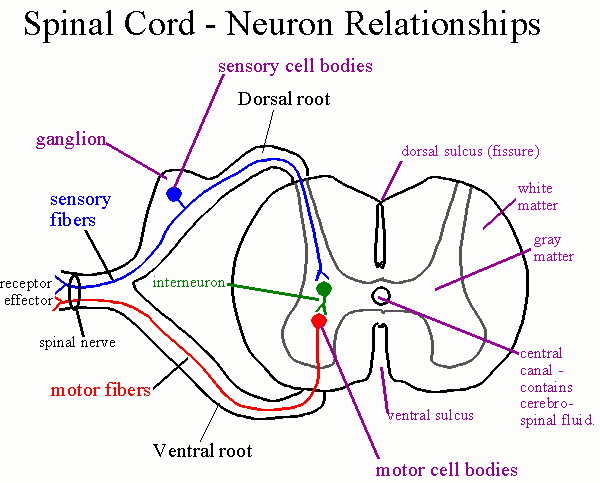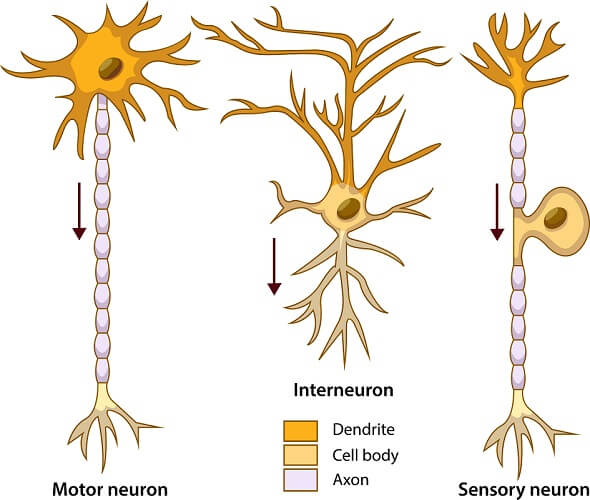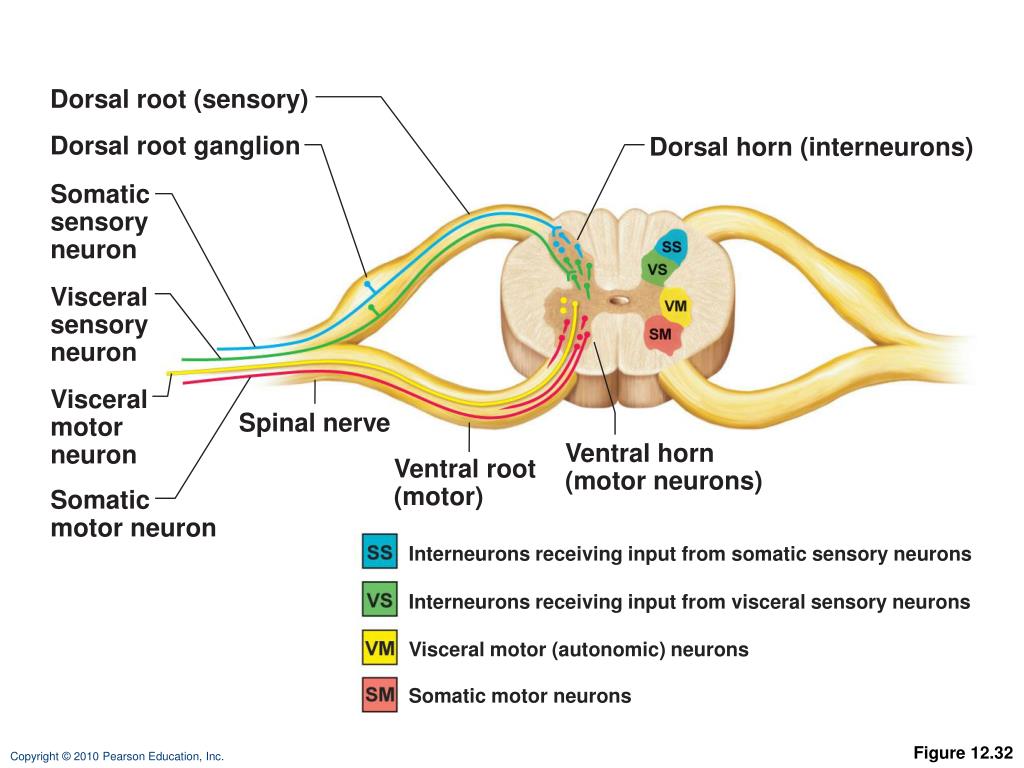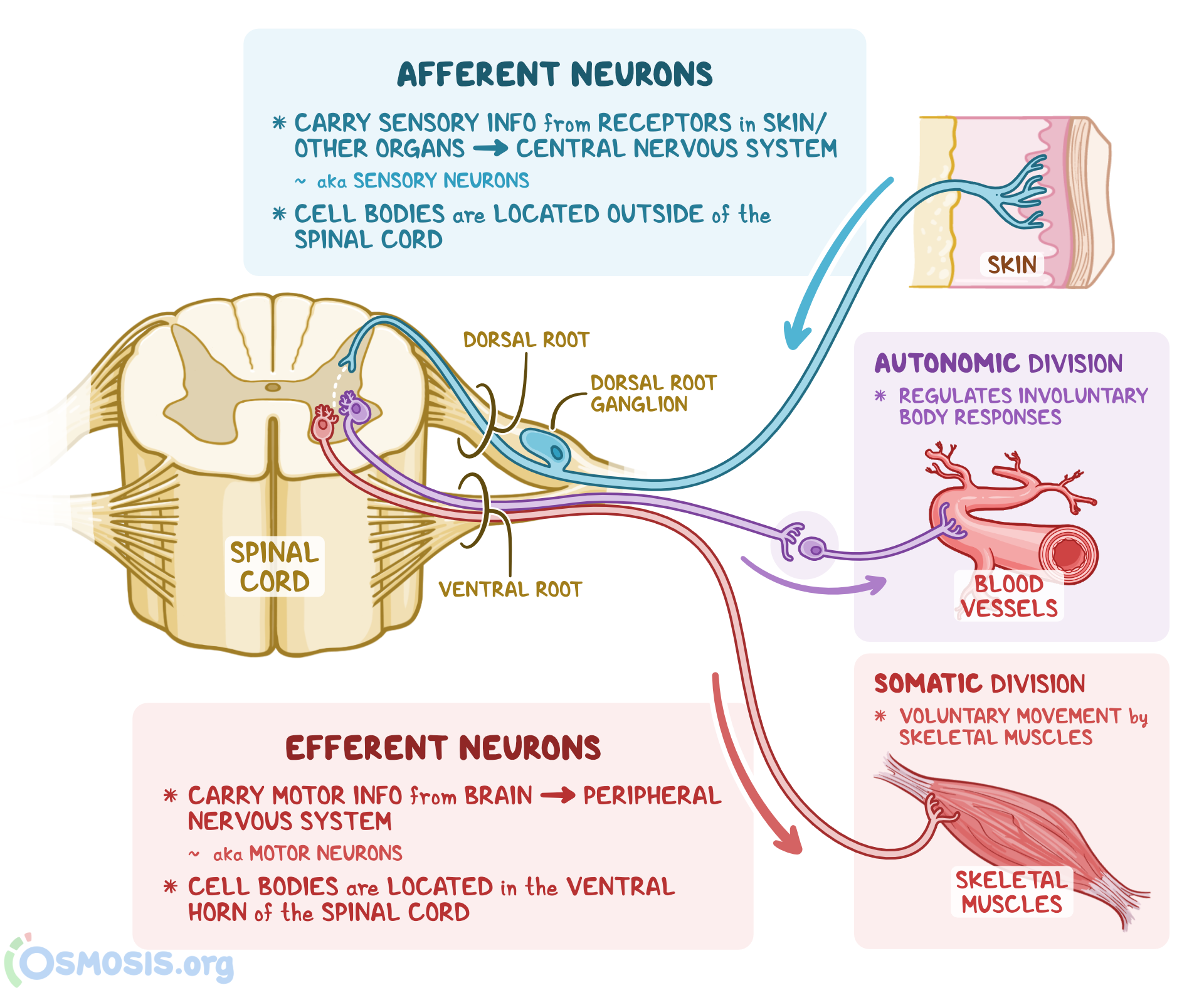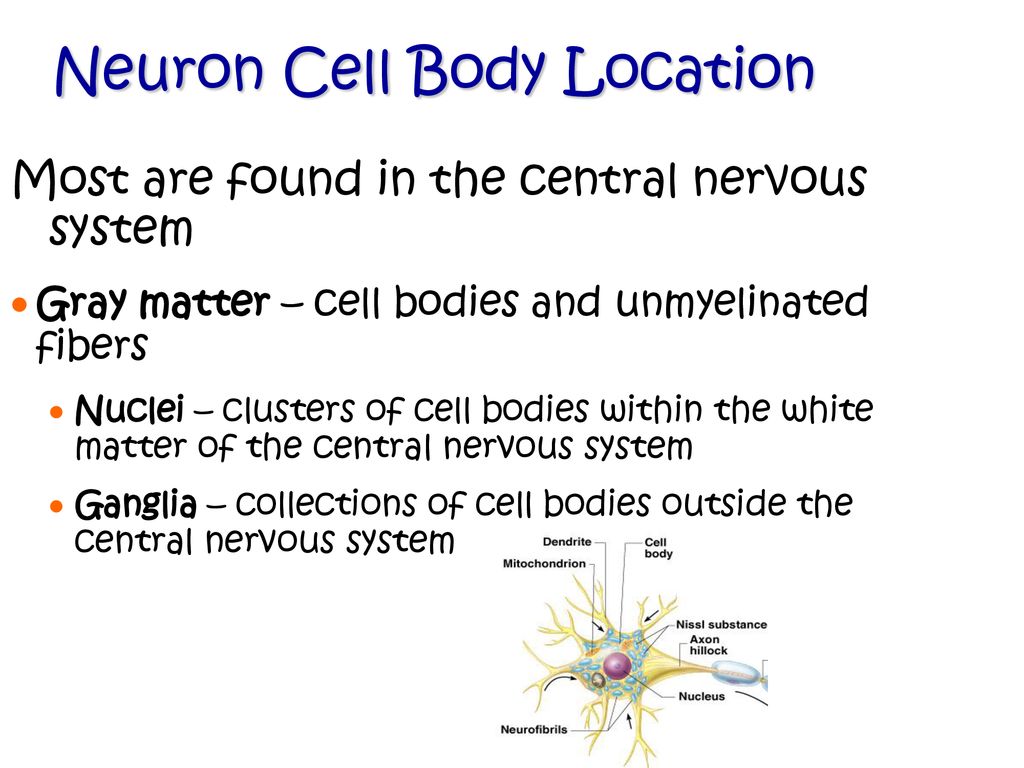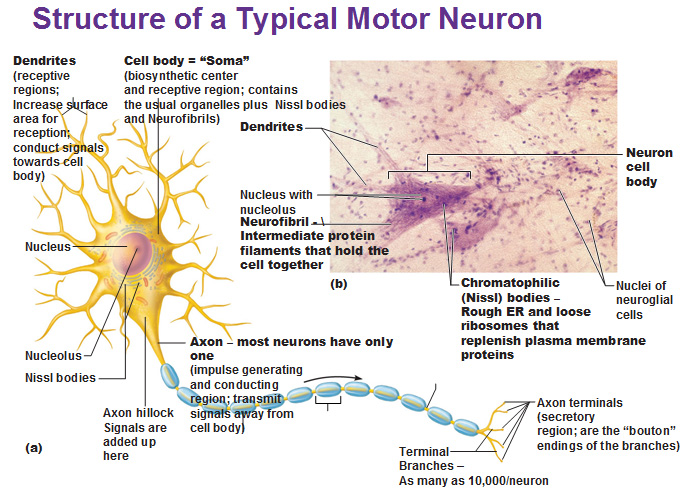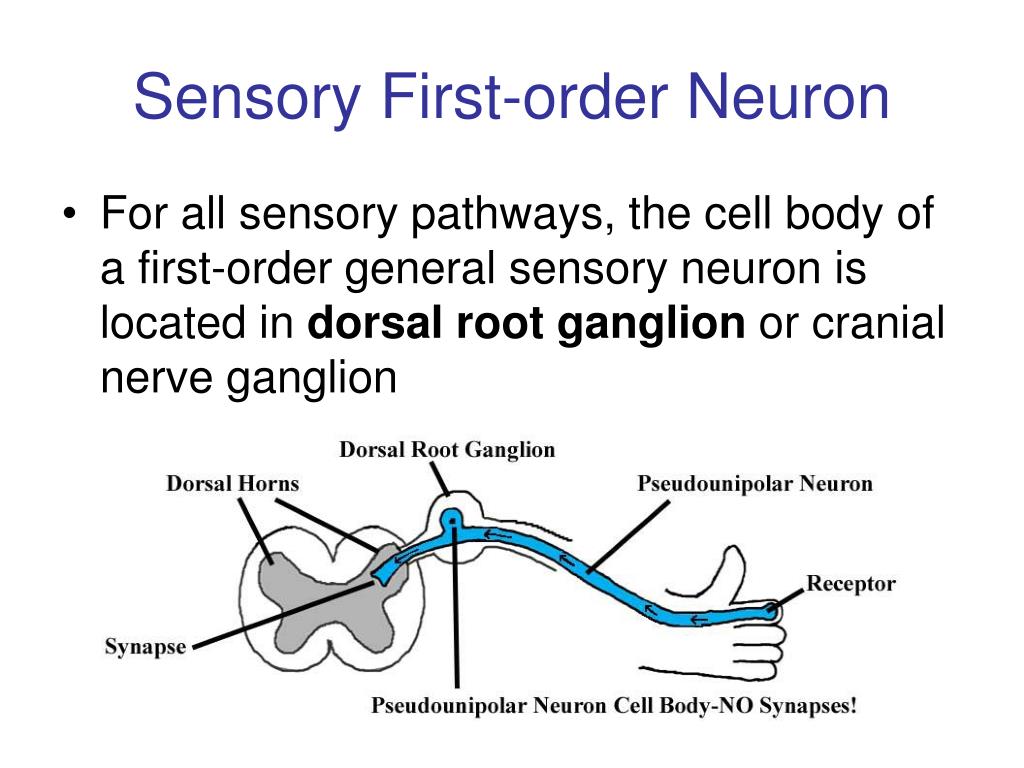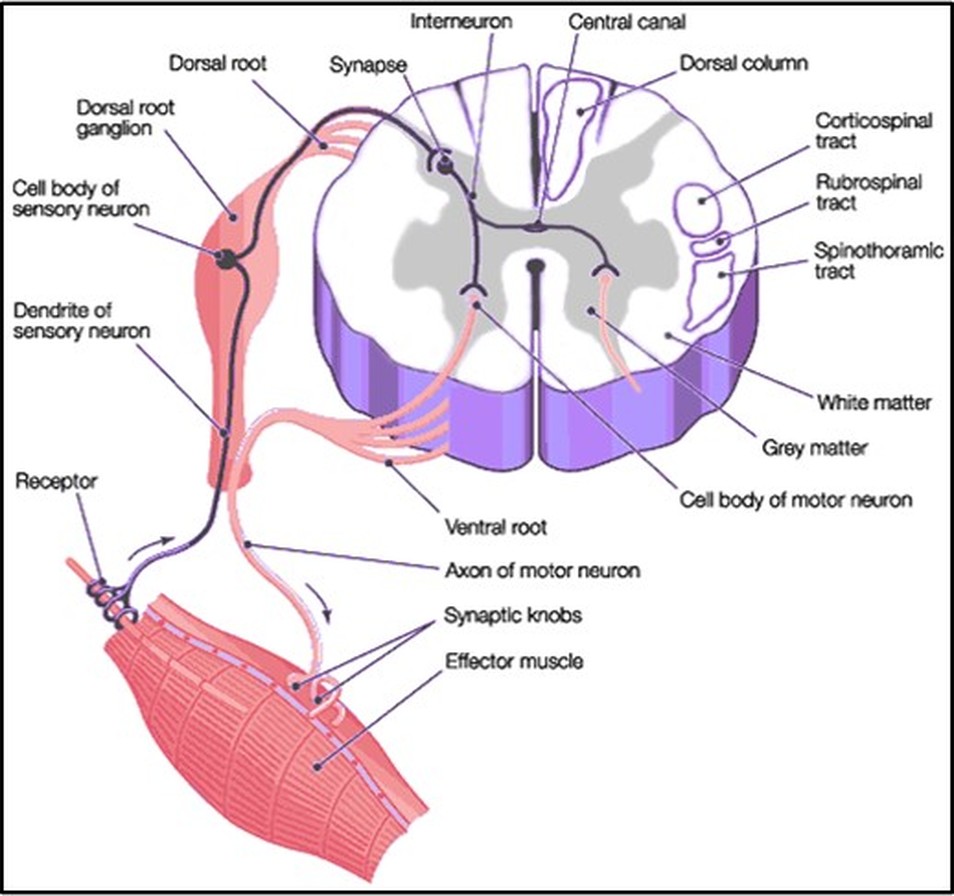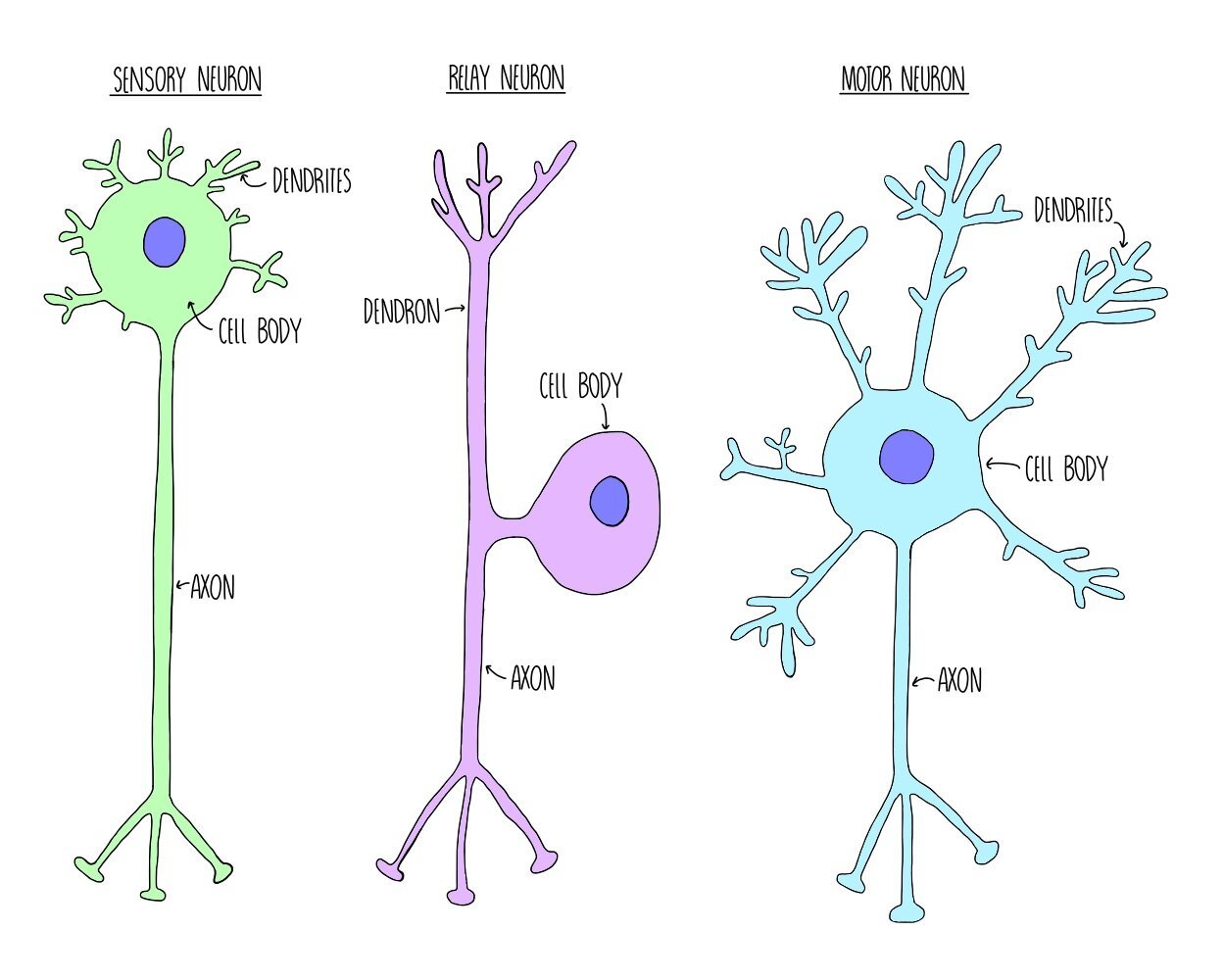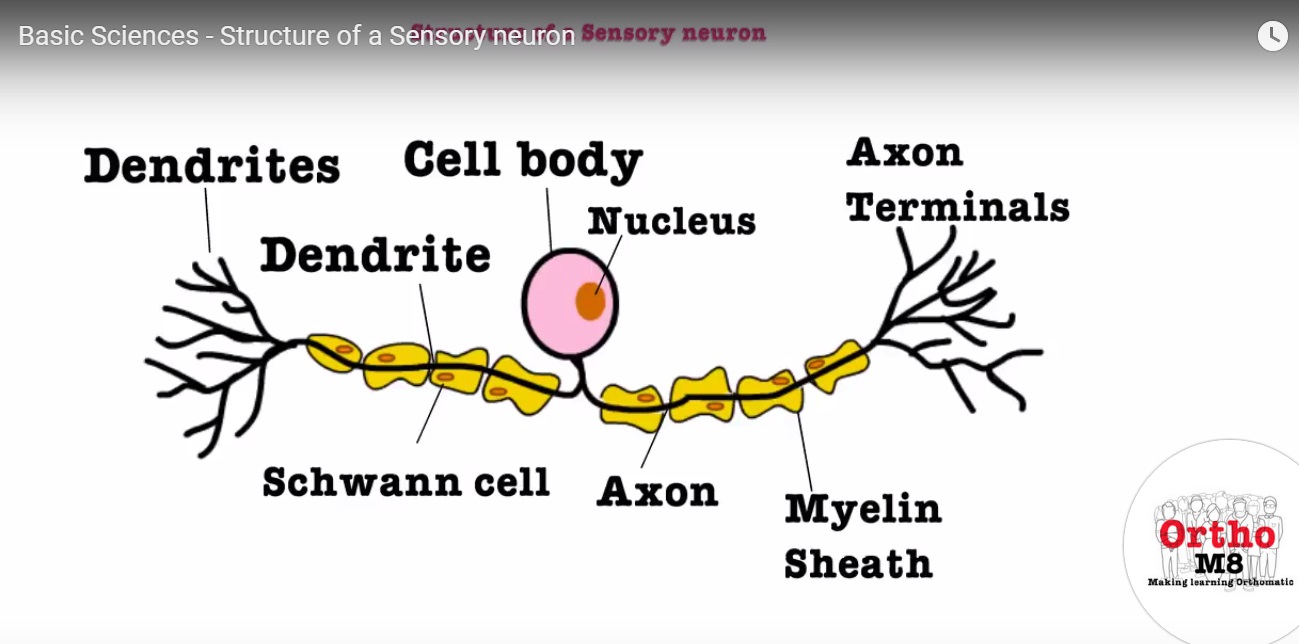The Cell Bodies Of Sensory Neurons Are Located In

Urgent reports confirm the precise location of sensory neuron cell bodies: they reside primarily within the ganglia, structures strategically positioned outside the central nervous system. This critical detail impacts neurological research and diagnostic accuracy.
This article provides a concise overview of the location of sensory neuron cell bodies, their functional implications, and the ongoing research dependent on this foundational knowledge.
Sensory Neuron Cell Body Location: Key Details
The cell bodies of sensory neurons are predominantly located in ganglia.
Specifically, for spinal nerves, these ganglia are called dorsal root ganglia (DRG).
For cranial nerves, the sensory ganglia have different names depending on the nerve (e.g., trigeminal ganglion, geniculate ganglion).
Dorsal Root Ganglia (DRG)
The dorsal root ganglia (DRG) are located along the dorsal roots of the spinal nerves.
These structures house the cell bodies of sensory neurons that transmit information from the periphery (skin, muscles, organs) to the spinal cord.
Each spinal nerve has a corresponding DRG.
Cranial Nerve Ganglia
Several cranial nerves also carry sensory information, and their cell bodies are located in ganglia outside the brainstem.
Examples include the trigeminal ganglion (CN V), which contains the cell bodies of sensory neurons innervating the face.
Other cranial nerve ganglia include the superior and inferior ganglia of the vagus nerve (CN X) and the geniculate ganglion of the facial nerve (CN VII) related to taste sensation.
Functional Significance
The strategic location of sensory neuron cell bodies in ganglia allows for efficient signal transmission.
This arrangement enables rapid relay of sensory information from the periphery to the central nervous system without requiring the long axons of the sensory neurons to travel all the way to the brain or spinal cord.
By concentrating cell bodies in ganglia, the nervous system reduces metabolic demand within the central nervous system itself.
Research and Clinical Implications
Understanding the location of sensory neuron cell bodies is crucial for various research and clinical applications.
For example, targeting the DRG is essential for developing treatments for chronic pain conditions.
Also, lesions or damage to the ganglia can result in specific sensory deficits, aiding in neurological diagnosis.
Chronic Pain Research
Researchers are exploring targeted drug delivery to the DRG to alleviate chronic pain.
This approach aims to minimize systemic side effects by focusing the therapeutic agent directly at the sensory neuron cell bodies.
Gene therapy targeting the DRG is also under investigation as a potential treatment for inherited pain disorders.
Neurological Diagnosis
Damage to specific ganglia can result in predictable sensory deficits.
For instance, damage to the trigeminal ganglion can cause facial numbness or pain.
Assessing sensory function and correlating it with anatomical knowledge of ganglia helps clinicians diagnose neurological conditions accurately.
Ongoing Developments
Advanced imaging techniques are being developed to visualize ganglia more clearly.
This will enhance our understanding of their structure and function, especially in living individuals.
Continued research is focused on elucidating the molecular mechanisms that regulate sensory neuron development and function within the ganglia.
Scientists at the National Institutes of Health (NIH) are conducting extensive studies on the dorsal root ganglia.
Their work focuses on the role of DRG neurons in chronic pain and sensory disorders.
These insights could lead to novel therapeutic interventions targeting the DRG to alleviate suffering.
Furthermore, pharmaceutical companies are actively involved in research related to ganglia.
They are exploring new drug targets within the ganglia that could modulate sensory neuron activity and reduce pain signals.
These endeavors represent significant steps toward developing effective treatments for various sensory-related ailments.
Conclusion
The location of sensory neuron cell bodies within ganglia, particularly the DRG, is a fundamental aspect of neuroanatomy with far-reaching implications for research and clinical practice. Ongoing research continues to refine our understanding of these structures and their role in sensory processing, paving the way for improved diagnostics and therapeutic interventions.
